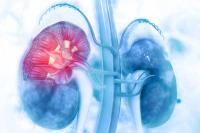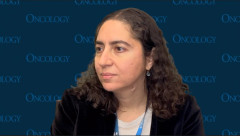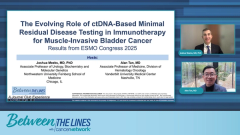Conference Coverage
Trending on CancerNetwork
This Week in Oncology: FDA Approval Shakeups and Key SITC 2025 Data
How Can Chlorotoxin-Directed CAR T-Cell Therapy Impact Glioblastoma Care?
What is the Current State of ADC Treatment in EGFR-Amplified Glioblastoma?
Zanidatamab-Based Regimens Exhibit Improved PFS in Gastroesophageal Cancers
Transplant Eligible vs Ineligible: Clinical Implications
Latest News
Shorts




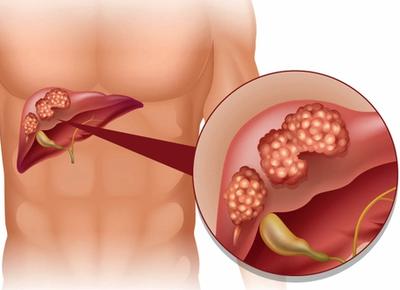


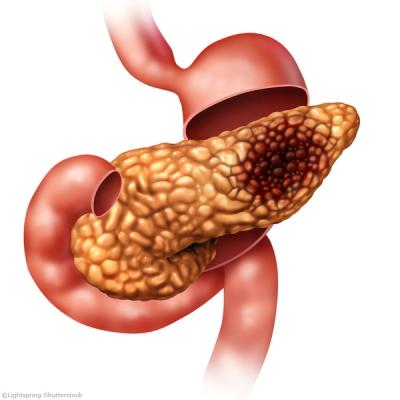

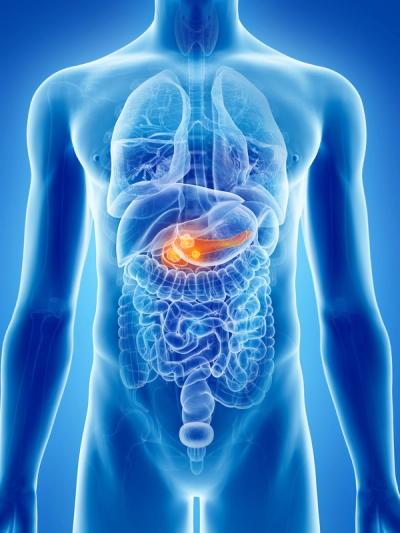
Podcasts

How Can Chlorotoxin-Directed CAR T-Cell Therapy Impact Glioblastoma Care?
Michael Barish, PhD, discusses a novel cellular therapy for patients with glioblastoma that harnesses chlorotoxin, a peptide found in scorpion venom.

How Supportive Care Methods Can Improve Oncology Outcomes
Experts discussed supportive care and why it should be integrated into standard oncology care.

What Were The Most Impactful GU Oncology Data From ESMO 2025?
Experts highlight the top 5 presentations from ESMO 2025 that may have long-term clinical implications for genitourinary cancer management.

How Will Gastrointestinal Cancer Standards of Care Change? An ESMO Recap
Three GI cancer medical oncologists discuss the most significant abstracts in GI cancers from the 2025 ESMO Congress.

What Were the Key Presentations at ESMO 2025? Oncology Experts Discuss
Presenting investigators at ESMO Congress 2025 highlight findings from clinical trials assessing novel therapeutics across different disease types.

Leveraging Biology to Advance the Small Cell Lung Cancer Treatment Paradigm
“Paradigm-changing events” are occurring across the small cell lung cancer field in real time, according to Anne Chiang, MD, PhD.

Exploring the ESMO 2025 Presentations That May Shift GU Oncology
Experts highlight anticipated sessions at the 2025 ESMO Congress, including those on the PSMAddition and EV-303 trials.

Charting the Evolution of TKIs and Finding the Next Breakthrough in CML
Jorge Cortes, MD, outlines the impact of imatinib in chronic myeloid leukemia and highlights future initiatives in the field.

Optimizing Care for TILs, Cellular Therapy in Melanoma and Solid Tumors
A panel of oncology pharmacists discusses the role of lifileucel in metastatic melanoma and other considerations for using cellular therapy in solid tumors.

Gemcitabine Intravesical System Offers Tremendous Benefits in NMIBC
Prospective data observed with the gemcitabine intravesical system may be superior to prior reports of other therapies in BCG-unresponsive NMIBC.
Videos
Continuing Medical Education
All News

Michael Barish, PhD, discusses a novel cellular therapy for patients with glioblastoma that harnesses chlorotoxin, a peptide found in scorpion venom.

According to Toru Kondo, PhD, EVA1-ADC is able to target glioblastoma-initiating cells while sparing normal cells and stem cells during treatment.

A busy week for the FDA saw notable regulatory approvals across different breast cancer, acute myeloid leukemia, and endometrial cancer indications.
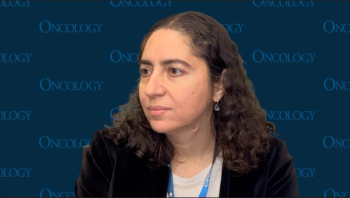
Skin toxicities are common with targeted therapies for GI malignancies but can be remedied by preventative measures and a collaboration with dermatology.

There is a lot of excitement among experts in the field of antibody-drug conjugates as new developments continue to come out in various disease states.
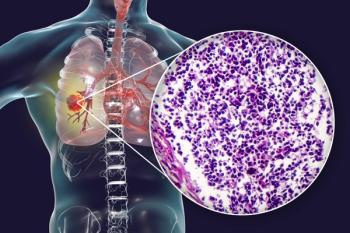
Data show that XCR1-positive conventional type 1 dendritic cells may play a role as mediators of response to atezolizumab in extensive-stage SCLC.
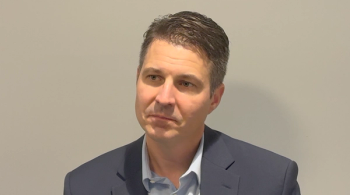
Computational models help researchers anticipate how ADCs may behave in later lines of development, while they are still in the early stages.

The Aliya PEF ablation procedure achieved local tumor control in 96% of patients and was well-tolerated with no delays to SOC therapy.
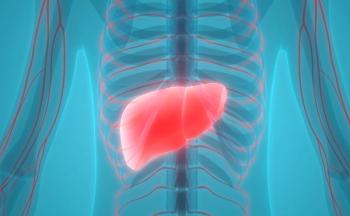
Receiving treatment at an academic center may improve the probability of receiving subsequent curative care among those with hepatocellular carcinoma.

Although the study was underpowered due to a small sample size, non-significant improvements in functional and social well-being occurred with MOST-S26.
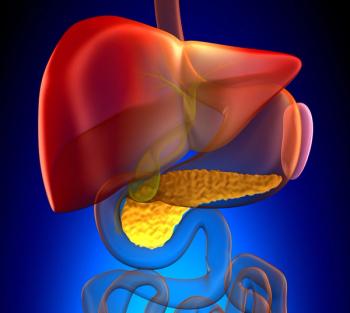
Results from the phase 3 COMPETE trial demonstrated that 177Lu-edotreotide improved PFS and ORR compared with everolimus in patients with GEP-NETs.

The EGFR/HER3 bispecific ADC is being evaluated in an open-label phase 1/2 study to assess its safety, tolerability, and activity in advanced solid tumors.

ADC payloads with high levels of potency can sometimes lead to higher levels of toxicity, which can eliminate the therapeutic window for patients with cancer.
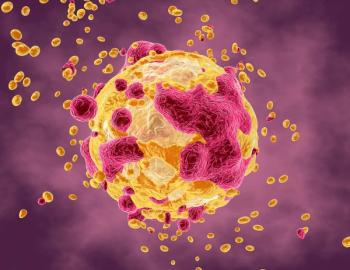
Data from a phase 1/2 trial demonstrate the potential antitumor activity of FOG-001 in patients with desmoid tumors.

Ron Lattanze, MBA, provided his commentary regarding why H.R.2541 or the Nuclear Medicine Clarification Act of 2025 should be passed.

The FDA has approved pertuzumab-dpzb (Poherdy) as a biosimilar to pertuzumab (Perjeta) in breast cancer, based on a review of various attributes, including safety and efficacy data.

Clinical data from the phase 1b/2 KOMET-001 trial support the agency’s approval of ziftomenib in this patient population.

Data from a phase 1 trial demonstrate the safety and feasibility of administering chlorotoxin-based cellular therapy to those with recurrent glioblastoma.

According to Greg Thurber, PhD, target-mediated uptake is the biggest driver of efficacy for antibody-drug conjugates as a cancer treatment.
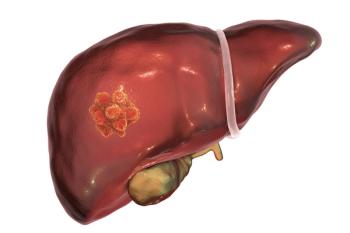
DFS rates at 2 years were improved with cemiplimab plus SBRT vs cemiplimab alone in patients with resectable hepatocellular carcinoma.

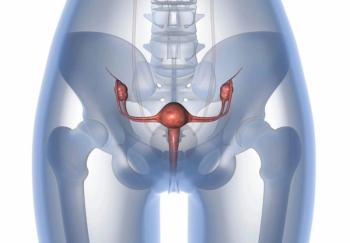
The Promega OncoMate MSI Dx Analysis System was previously approved to identify Lynch syndrome in patients with CRC.

Preliminary findings from a phase 2 trial show clinical activity with MB-105 in patients with relapsed/refractory T-cell lymphoma.

At 1 and 2 years, the progression-free survival rates were higher with nivolumab plus ipilimumab vs pembrolizumab in patients with cutaneous melanoma.

Most patients with BCG-unresponsive NMIBC treated with detalimogene voraplasmid did not experience TRAEs, and only 1.6% experienced dose interruptions.

Two studies showed that 1-time cell therapies can elicit complete tumor regression in patients with advanced epithelial cancers.

Phase 2 data show consistent overall immunotherapy immunogenicity with ELI-002 7P in those with KRAS-mutated pancreatic ductal adenocarcinoma.

Data from the ASCENT-07 trial show an early trend toward improved overall survival with sacituzumab govitecan vs chemotherapy.

Results from the PEAK trial showed increased PFS in the bezuclastinib plus sunitinib arm vs sunitinib alone for patients with GIST.

A median OS of 22.9 months was observed with mecbotamab vedotin plus nivolumab in patients with soft tissue sarcoma.

One patient with metastatic bladder cancer experienced an ongoing metabolic complete response following treatment with aldesleukin/imneskibart.

Combining daratumumab with other agents is one strategy that investigators are exploring in the smoldering multiple myeloma field.

Antibody-drug conjugates are effective, but strategies such as better understanding the mechanisms of action may lead to enhanced care for patients with cancer.



